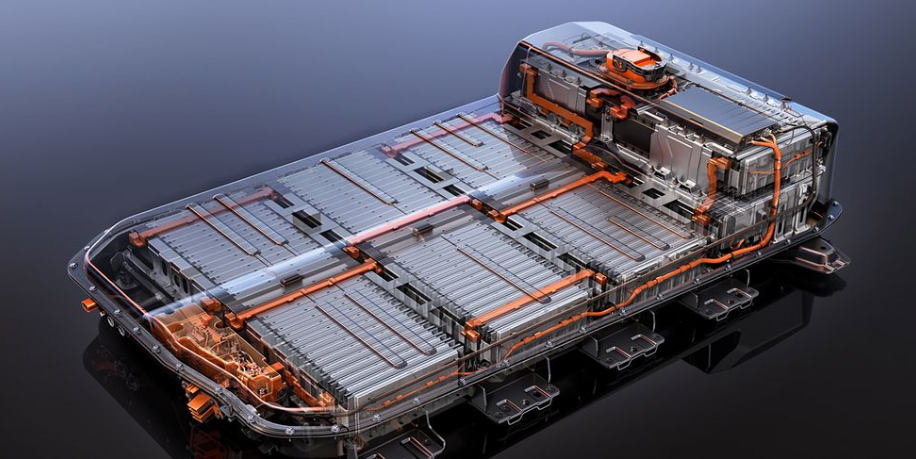Batteries – Resolving the Issues of ‘Storage Capacity'

The electric cars are here, and manufacturers are now onto the improvement of battery life so that a single charge can last for as long as possible! The US automobile General Motors has announced that it plans on stopping the sales of fuel-driven cars by 2035. This is an ambitious stance, but the pressure that comes with it has accelerated the production and research in the field of batteries. For instance, Audi plans on shifting the manufacturing to electrified cars by 2033, and several other big names in the automobile industry are following in the same footsteps. It is not just limited to personal vehicles, but logistics and fleets are also planning to switch to electric cars because of the attached benefits. It is economical and beneficial for the environment. Given that sustainability is the future market, the current market competition is about maximum productivity with minimal environmental impact!
Personal mobility
The electrification of personal automobiles is picking up an unprecedented pace, and its most prominent ardents would not have dreamt of this a few years ago! Government mandates and regulatory policies will accelerate the change and ensure that passenger-run vehicles are switched to electric vehicles by 2015. This marks the massive industrial conversion and will be the most significant shift from fuel-driven to material-intensive energy system (International Energy Agency (IEA).
The next concern is how electric vehicles will manage the capacity and if they will be enough for the extensive road trips and transportation needs!
There is considerable research going on in the field of batteries. When we talk about going electric, it can be expected that the future electric batteries will contain materials that are yet to be mined or designed!
Lithium-Ion Batteries
lithium-ion batteries have been in practice for a long, and they are undergoing improvements, but the limitations persist. A traditional lithium-ion battery consists of two electrodes, a positive and a negative! When the battery is charged, the electrically charged particles pass through the electrodes, and this charged movement of ions translates to an electric current that powers the battery. The main problem with this design is that the liquid electrolyte can catch fire at a specific voltage or temperature, and this happens when the battery is in use for a long. However, it is completely fine under normal usage, but it is still considered a potential risk!
Researchers also state that the lithium-ion battery is not suitable for batteries, and large, heavy packs take up space, increasing the vehicle's overall weight. It is rather challenging to get around the limitation we are facing right now, but the lithium-ion batteries must be lightweight without compromising energy density.
Current Development
The current progress in this field is related to changing critical features of this battery and converting it to an all-solid or solid-state version. It will replace the liquid electrolyte in the middle with a thin, solid electrolyte that uses high-capacity electrodes with a thinner, more porous carbon layer. Such changes might make it possible to shrink the size of the battery by maintaining the energy storage capacity, which will result in a higher energy density.